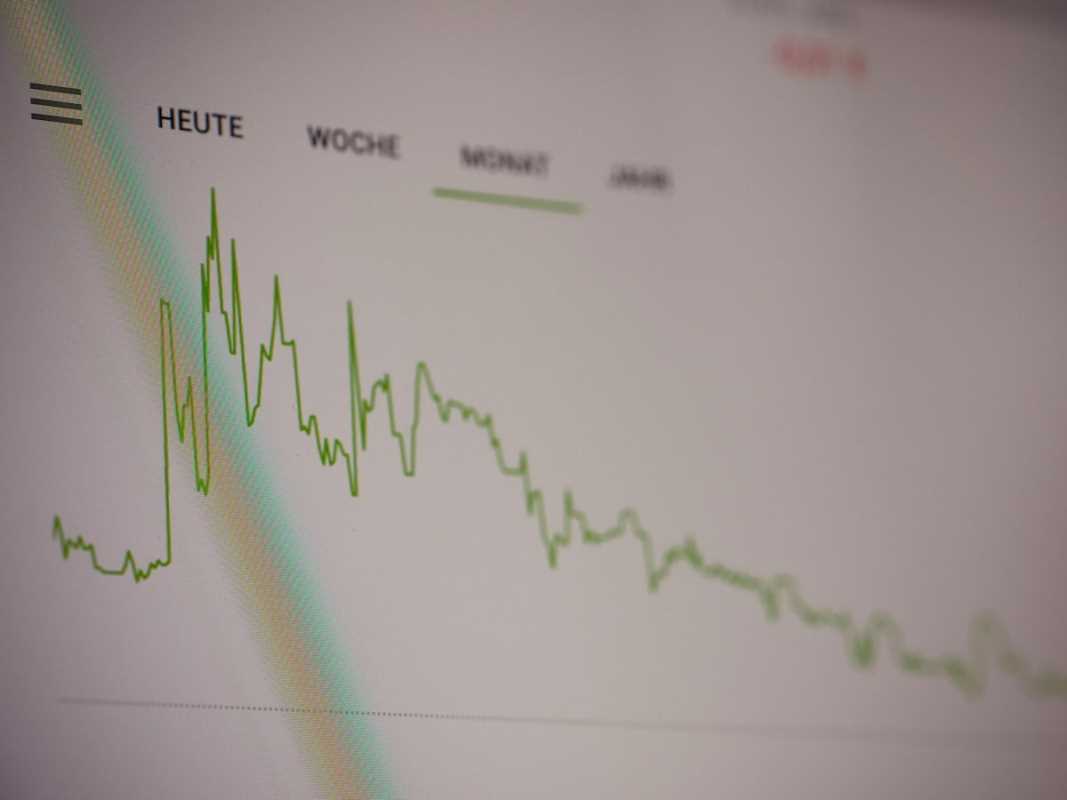When it comes to making smart financial moves, being ahead of the curve in identifying market trends can be a game-changer. Spotting these trends early gives you the opportunity to adjust your strategy, capitalize on emerging opportunities, and avoid losses in a shifting economy.
But how exactly can you spot these trends before everyone else? With the right combination of observation, research, and tools, you’ll be better equipped to anticipate market movements.
1. Utilize Data-Driven Tools
One of the fastest and most reliable ways to identify market trends is by leveraging technologies that analyze large amounts of data. Here are a few tools that can help:
Google Trends
Google Trends is an easy-to-use tool to track the popularity of specific search terms over time. For instance, if you see a surge in searches for “electric vehicles” or “green investing,” it might indicate an emerging trend worth investigating further.
Alternative Data Platforms
Tools like Thinknum, Quandl, or YipitData aggregate data from unconventional sources such as social media activity, app downloads, and credit card transactions. These insights can reveal shifts in consumer behaviors before they’re reflected in traditional market reports.
Sentiment Analysis Software
Sentiment analysis platforms like StockTwits or BuzzSumo can analyze public sentiment around specific companies or industries. A growing positive sentiment for a particular sector, such as renewable energy, might signal an investment opportunity.
Use these tools to spot patterns that others might miss, but ensure the data aligns with your broader analysis.
2. Pay Attention to Social Media and News Streams
Social media platforms are often the first place where trends start to surface. To stay updated, focus your attention on:
- Industry Hashtags or Keywords: Many trends gain traction under specific hashtags. Stay vigilant for these in your niche and track how they evolve over time.
- Influencers and Thought Leaders: Follow key players in an industry. Their opinions and posts often highlight new opportunities. For example, if prominent tech influencers are endorsing augmented reality, it could be indicative of growth in that area.
- Breaking News Stories: Use tools like Feedly to create a custom feed of relevant news based on your interests. Early coverage can give you a valuable lead on fresh market movements.
Remember, this method requires discernment. Not every social media “trend” translates into a lasting market opportunity, so always validate findings with additional research.
3. Analyze Consumer Behavior and Spending Trends
Consumer spending habits are often reliable indicators of emerging markets. Here are a few strategies to spot trends:
- Monitor Retail Reports: Retail sales data and earnings calls often highlight shifts in how and where consumers are spending. For example, during the rapid rise of e-commerce in the 2000s, savvy investors noticed declining foot traffic at malls and reinvested in online platforms instead.
- Survey Consumer Interests: Platforms like Statista or Nielsen provide insights into consumer spending projections and historical data. For example, an uptick in subscriptions for digital fitness platforms post-pandemic could have indicated the long-term growth in this space.
Keeping a finger on the pulse of consumer preferences can help you zero in on markets that are set to grow.
4. Look at Emerging Technologies
Disruptive technologies often lay the groundwork for new market trends. By keeping tabs on breakthroughs in areas like artificial intelligence, biotech, and clean energy, you can predict which industries might experience rapid growth. Here’s how:
- Patent Filings as Indicators: Regularly check the U.S. Patent Office’s filings to get a snapshot of upcoming innovations.
- Corporate Investments: Pay attention to mergers and acquisitions. When major players invest heavily in specific technologies or projects, it’s often a sign of a wider trend.
For example, recent advancements in energy storage have spurred interest in companies producing solid-state batteries, a sector with plenty of growth potential.
5. Study Economic Indicators and Reports
Economic reports provide valuable insights into the direction markets are heading. Keep an eye on:
- Employment Data: A surge in jobs in a specific sector can imply growth in that industry. For instance, an increase in hires within the renewable energy sector could signal its expansion.
- Sector-Specific Reports: Industry publications such as those from IBISWorld or Deloitte often feature trend analyses based on current market conditions and projections. Use these to understand where industries are headed.
- Broad Economic Indicators: Interest rates, inflation numbers, and consumer confidence indexes also impact market trends. High inflation, for example, might boost interest in assets like gold or real estate.
6. Network with Industry Insiders
Networking still holds strong as one of the simplest yet most effective ways to stay ahead. Here’s how you can make the most of it:
- Join Industry Conferences: Conferences and expos are ideal spaces to capture emerging ideas and learn from market leaders. These events provide direct access to unveilings of new products, strategies, and forecasts.
- Participate in Community Forums: Online groups such as LinkedIn industry pages or financial communities on Reddit often serve as hubs for discussing new trends.
- Seek Mentorship: Building connections with seasoned professionals allows you to tap into their expertise and perspective. They might be able to share what’s within the industry pipeline before it reaches mainstream attention.
Building relationships with insiders can provide insights that are harder to find through external analysis.
7. Watch the Competition
Competitor analysis is invaluable for spotting trends within your specific market. Here are a few strategies to monitor your competitors effectively:
- Track Their Innovations: Keep an eye on any new product launches or shifts in focus from competitors. If several companies suddenly pivot toward autonomous technologies, it’s worth investigating why.
- Follow Their Financial Performance: Analyzing quarterly earnings calls can offer clues about sectors they're investing in or scaling back.
- Use Competitive Intelligence Tools: Platforms like SEMrush or Owler can help you track what competitors are working on, from partnerships to hiring priorities.
Staying informed about how competitors are positioning themselves can reveal untapped opportunities for your own strategy.
8. Keep a Global Perspective
While many investors focus on domestic trends, global markets also offer compelling opportunities. Trade relations, geopolitical events, and international consumer behavior can all inform what’s next. For example:
- Observe Emerging Economies: Countries investing in technology or upgrading their infrastructure (like India emphasizing fintech adoption) often offer early growth opportunities.
- Monitor Commodity and Currency Values: Fluctuations in commodities like oil or materials such as lithium can be indicators of global shifts.
- Engage with International News Sources: Reading beyond national media can broaden your horizons and exposure to new developments.
9. Practice Pattern Recognition
Developing the ability to recognize repeating patterns in historical data, consumer psychology, and financial markets can give you a significant advantage. For example, factors such as pandemic responses, inflation cycles, or energy crises create circumstances where past strategies can be replicated under similar conditions.
By observing these behaviors over several cycles, you’ll improve your ability to anticipate movement before it takes off.
10. Consciously Challenge the Status Quo
Sometimes, finding the next big thing involves questioning widely accepted beliefs. Historically, skepticism of established norms has yielded high rewards—for instance, early investors in digital payments envisioned a cashless society when others dismissed the prospect.
Use the data and insights you gather to critically evaluate trends. If a trend is nascent but aligns with broader macroeconomic patterns, it could pay off sooner than most think.
Spotting market trends early isn’t about having a crystal ball; it’s about staying informed, intuitive, and proactive. By using tools, analyzing consumer behavior, paying attention to both local and global trends, and networking with insiders, you’ll gain a competitive edge in identifying opportunities.







